41 what are the three parts in a nucleotide?
Solved a. The three parts of a nucleotide or nucleic acid - Chegg The three parts of a nucleotide or nucleic acid are the b. The structure of a protein that refers to the order of the amino acids is called the structure. c. mRNA's purpose is to provide the for the order of in a d. Glycerol and fatty acids produce lipids by undergoing a reaction which makes the functional group called an e. Nucleic acids (article) | Khan Academy Each nucleotide is made up of three parts: a nitrogen-containing ring structure called a nitrogenous base, a five-carbon sugar, and at least one phosphate group. The sugar molecule has a central position in the nucleotide, with the base attached to one of its carbons and the phosphate group (or groups) attached to another.
What Are The Three Parts Of A Nucleotide | Jacks Of Science The three parts of a nucleotide work together to form the building blocks of DNA and RNA. The nitrogenous base pairs with the sugar molecule, and the phosphate group bonds with the nitrogenous base. This creates a strong bond that holds the nucleotides together. The sugar molecule also provides energy for the cell, and the phosphorus group ...

What are the three parts in a nucleotide?
How do you draw a nucleotide and label its three basic parts? Explanation: The above structure is a nucleotide. It consists of a: phosphate group. 5-carbon sugar, and. nitrogenous base. Nucleotide - Definition, Structure (3 Parts), Examples & Function Nucleotide Definition. A nucleotide is an organic molecule that is the building block of DNA and RNA. They also have functions related to cell signaling, metabolism, and enzyme reactions. A nucleotide is made up of three parts: a phosphate group, a 5-carbon sugar, and a nitrogenous base. The four nitrogenous bases in DNA are adenine, cytosine ... Explanation of 3 Parts of a Nucleotide and Nucleotide Examples - HoneyReads Guanine is a nucleotide of the purine group found in nitrogenous bases and has a double ring structure like adenine. Its symbol is G. C5H5N5O represents the chemical formula of purine guanine. Guanine only bonds with cytosine in both DNA and RNA. Three hydrogen bonds make it possible for guanine to bond with cytosine.
What are the three parts in a nucleotide?. Nucleotides are organic molecules that act as the building blocks of both DNA and RNA. These molecules have three components - a nitrogenous base, a pentose sugar and a phosphate group. The nitrogenous bases are of two types - purines and pyrimidines. The purines are adenine (A) and guanine (G), while the pyrimidines are cytosine (C ... What are the three parts of a nucleotide? - Answers The three parts of a nucleotide is the deoxyribose, the nitrogen base, and the phosphate group. What are the two properties of enzymes? the three parts of a nucleotide. 2.6: DNA and RNA Flashcards | Quizlet DNA: deoxyribonucleic acid. RNA: ribonucleic acid. Outline the parts of a nucleotide. Understanding: The nucleic acids DNA and RNA are polymers of nucleotides. A nucleotide is the monomer subunit of the nucleic acids. A nucleotide has three component parts: 1. a nitrogenous base. 3 Parts of a Nucleotide and How They Are Connected - ThoughtCo Both deoxyribonucleic acid (DNA) and ribonucleic acid (RNA) are made up of nucleotides which consist of three parts: Purines and pyrimidines are the two categories of nitrogenous bases. Adenine and guanine are purines. Cytosine, thymine, and uracil are pyrimidines. In DNA, the bases are adenine (A), thymine (T), guanine (G), and cytosine (C).
Nucleotides: Definition, Component & Structure | StudySmarter The three parts of a nucleotide are: a nitrogenous base, a pentose sugar, and a phosphate group. What is the role of the nucleotide? A nucleotide is a monomer that bonds with other nucleotides to form nucleic acids. Nucleic acids are molecules that contain genetic information and instructions for cellular functions. The 5 Kinds of Nucleotides - ThoughtCo The five bases are adenine, guanine, cytosine, thymine, and uracil, which have the symbols A, G, C, T, and U, respectively. The name of the base is generally used as the name of the nucleotide, although this is technically incorrect. The bases combine with the sugar to make the nucleotides adenosine, guanosine, cytidine, thymidine, and uridine. What are the three parts of a nucleotide - Study.com The nucleotide is the subunit of a DNA molecule. Nucleotides are composed of a sugar (deoxyribose in DNA and ribose in RNA), a phosphate group, and 1 of 4 ... What are the three parts of a nucleotide? - Toppr Nucleotide shown in the figure is divided into nitrogen containing base, sugar backbone and phosphate group. solution. expand. Was this answer helpful?
DNA Structure and Replication POGIL Flashcards | Quizlet It is a twisted ladder. Examine Model 2. Number the steps below in order to describe the replication of DNA in a cell. 1.)Hydrogen bonds between nucleotides break. 2.) Strands of DNA separate. 3.)Free nucleotides are attracted to exposed bases on the loose strands of DNA. 4.)Hydrogen bonds between nucleotides form. Lab 9 Worksheet 1 .pdf - Name: LAB 9: DNA & Cell Processes... - Course Hero Which of the 3 parts of a nucleotide helps determine the code (or sequence) of a gene? Pentose sugar, nitrogenous base, and phosphate group are the three components that make up a nucleotide. The monomeric component of polynucleotides like RNA and DNA is called a nucleotide. With guanine, cytosine and thymine create a base pair. DNA Flashcards | Quizlet The three parts of a nucleotide are-nucleic acid-sugar-phosphate. The four nitrogen based that are found in DNA are-adenine -guanine-cytosine-thymine. Two of the nitrogen bases are single ring structures known as prymadine, these two bases are. Cytosine and thymine. What are the three parts of a nucleotide? Flashcards | Quizlet Nucleotide. basic unit. surgery in DNA. deoxylibonuelic. hydrogen bonds. hold DNA together. covalent bond is. sharing of electrons. ionic is the attraction between.
What are the Three Main Parts of a Nucleotide? - BYJU'S Three Parts of Nucleotide. Sugar. The sugar component of the nucleotides is a five-carbon sugar. Deoxyribose or 2-deoxyribose is the five-carbon sugar that is found in DNA, whereas ribose is found in RNA. The primary difference between the two sugars is the replacement of hydroxyl group by hydrogen at the 2' position in deoxyribose.
DNA structure and replication review (article) | Khan Academy In DNA, each nucleotide is made up of three parts: a 5-carbon sugar called deoxyribose, a phosphate group, and a nitrogenous base. DNA uses four kinds of nitrogenous bases: adenine (A), guanine (G) cytosine (C), and thymine (T). ... DNA is synthesized in the 5' to 3' direction, while in lagging strand, DNA is synthesized in the 3' to 5 ...
What are the Three Parts of a Nucleotide? | Albert.io Figure 2: The chemical assembly of the three parts of the nucleotide, the phosphate (blue box), nitrogenous base (red box) and the pentose sugar. This particular nucleotide is adenine. The assembly of nucleotides (1) differentiates them from nucleosides, which do not contain a phosphate group (in the blue box); (2) allows the nucleotide to ...
DNA Structure Flashcards | Quizlet consists of three parts: a five carbon sugar, a phosphate group, and a nitrogenous base ... the five carbon sugar in a DNA nucleotide. what does the phosphate group consist of? a phosphorus (P) atom bonded to four oxygen (O) atoms. nitrogenous base. contains nitrogen (N) atoms and carbon (C) atoms and is a base (accepts hydrogen ions)
What are the 3 components of DNA nucleotide? - YouTube May 18, 2021 ... 2 minute video on 3 components of DNA nucleotidePlease Subscribe & support us | What is DNA strand made up ...
What are the 3 main parts of a nucleotide? [Expert Review!] A nucleotide is made up of three parts: a phosphate group, a 5-carbon sugar, and a nitrogenous base. The four nitrogenous bases in DNA are adenine, cytosine, guanine, and thymine.
What are the three parts of a nucleotide? - WittyQuestion.com What are the 3 monomers parts of a nucleotide? When these monomers combine, the resulting chain is called a polynucleotide (poly- = "many"). Each nucleotide is made up of three parts: a nitrogen-containing ring structure called a nitrogenous base, a five-carbon sugar, and at least one phosphate group. ...
DNA function & structure (with diagram) (article) | Khan Academy The English language has a 26 letter alphabet. In contrast, the DNA "alphabet" has only four "letters," the four nucleotide monomers. They have short and easy to remember names: A, C, T, G. Each nucleotide monomer is built from three simple molecular parts: a sugar, a phosphate group, and a nucleobase.
Why are the three parts of a nucleotide? - Daily Justnow The three parts of a nucleotide are connected via covalent bonds. The nitrogenous bases bonds to the first or primary carbon atom of the sugar. The number 5 carbon of the sugar bonds to the phosphate group. A free nucleotide may have one, two, or three phosphate groups that attach as a chain to the sugar's 5-carbon.
Nucleotide - National Human Genome Research Institute A nucleotide is the basic building block of nucleic acids (RNA and DNA). A nucleotide consists of a sugar molecule (either ribose in RNA or deoxyribose in DNA) attached to a phosphate group and a nitrogen-containing base. The bases used in DNA are adenine (A), cytosine (C), guanine (G) and thymine (T). In RNA, the base uracil (U) takes the ...
What are the three parts of a nucleotide? Answer:- Every nucleotide includes of the subsequent parts: • Phosphate group. • Pentose sugar. • Nitrogenous base (adenine) Phosphate group refers to the functional group that is characterised by the phosphorous atom bonded to the four oxygen atoms. Pentose sugar has five carbon atoms. Adenine refers to the nitrogenous base indicated by ...
What Are the Three Parts of a Nucleotide? - Science Notes and Projects The three parts of a nucleotide are connected via covalent bonds. The nitrogenous bases bonds to the first or primary carbon atom of the sugar. The number 5 carbon of the sugar bonds to the phosphate group. A free nucleotide may have one, two, or three phosphate groups that attach as a chain to the sugar's 5-carbon. When nucleotides connect ...
explain how the three part nucleotide is formed - Brainly.ph A nucleotide is an organic molecule that is the building block of DNA and RNA. They also have functions related to cell signaling,metabolism, and enzyme reactions. A nucleotide is made up of three parts: a phosphate group, a 5-carbon sugar, and a nitrogenous base. The four nitrogenous bases in DNA are adenine, cytosine, guanine, and thymine.
What are the three parts of a nucleotide? - Socratic Nov 15, 2015 ... THREE parts include nitrogen containing base, sugar backbone and phosphate group figure shows adenine structure. nucleotide shown in the ...
The three components of a nucleotide are nitrogenous base ... - Toppr The three components of a nucleotide are nitrogenous base, sugar and phosphate · A nucleotide has three components. · Nucleotide is a · List the three constituents ...
Explanation of 3 Parts of a Nucleotide and Nucleotide Examples - HoneyReads Guanine is a nucleotide of the purine group found in nitrogenous bases and has a double ring structure like adenine. Its symbol is G. C5H5N5O represents the chemical formula of purine guanine. Guanine only bonds with cytosine in both DNA and RNA. Three hydrogen bonds make it possible for guanine to bond with cytosine.
Nucleotide - Definition, Structure (3 Parts), Examples & Function Nucleotide Definition. A nucleotide is an organic molecule that is the building block of DNA and RNA. They also have functions related to cell signaling, metabolism, and enzyme reactions. A nucleotide is made up of three parts: a phosphate group, a 5-carbon sugar, and a nitrogenous base. The four nitrogenous bases in DNA are adenine, cytosine ...
How do you draw a nucleotide and label its three basic parts? Explanation: The above structure is a nucleotide. It consists of a: phosphate group. 5-carbon sugar, and. nitrogenous base.




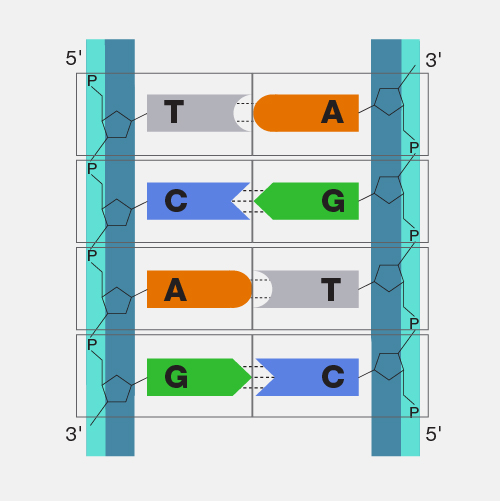


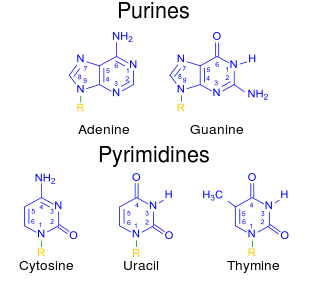

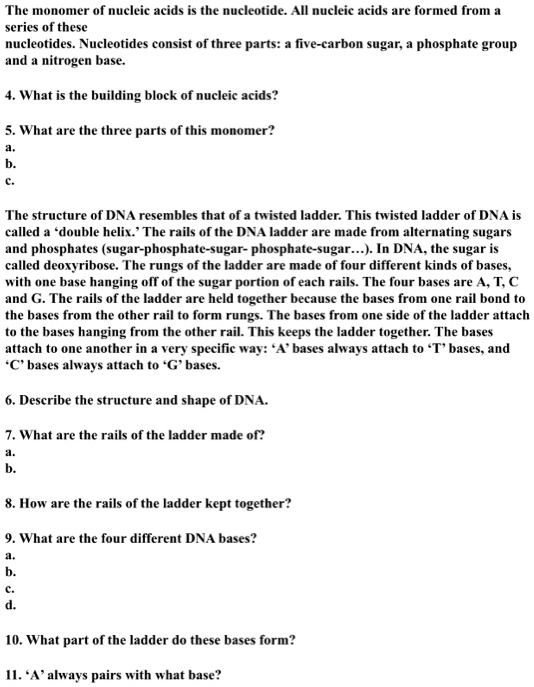



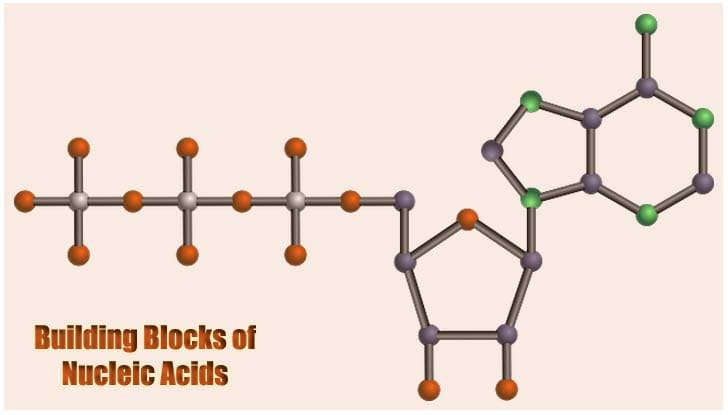

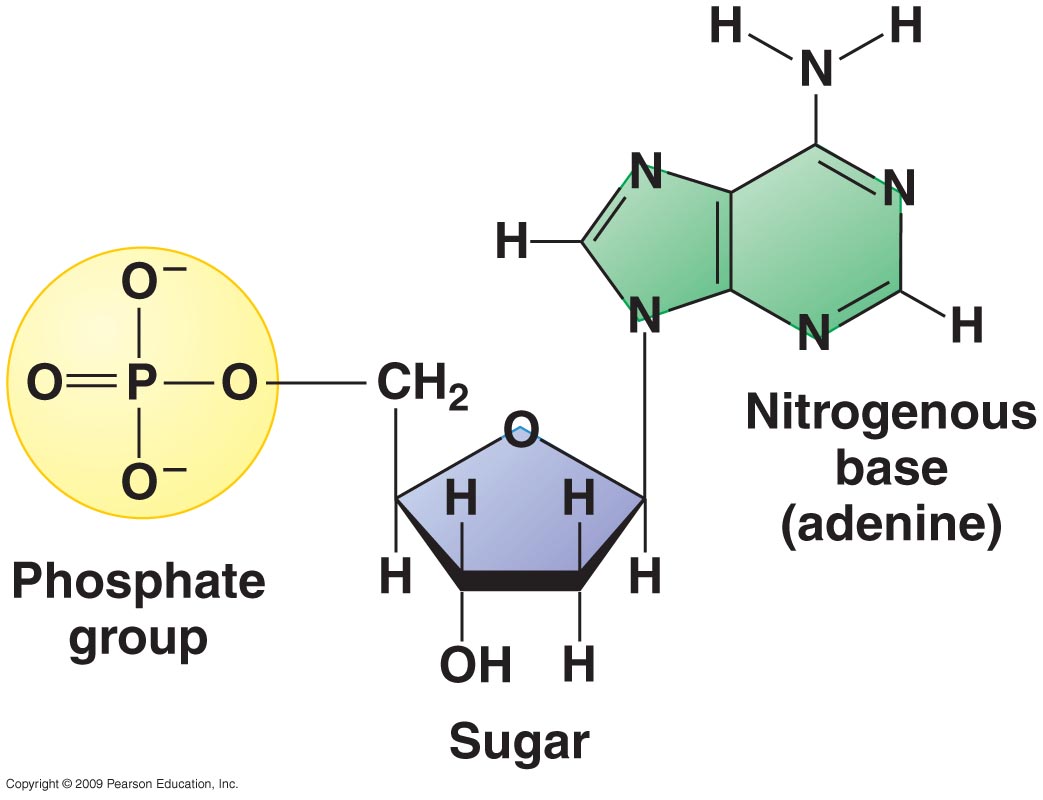

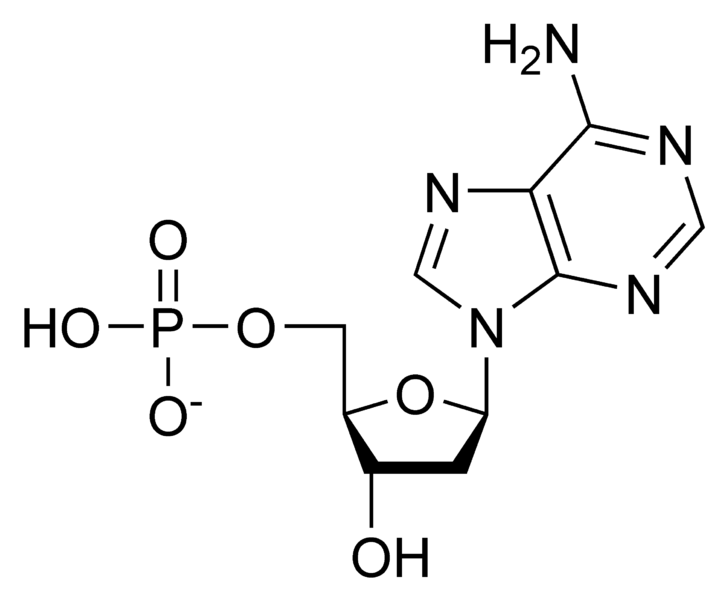


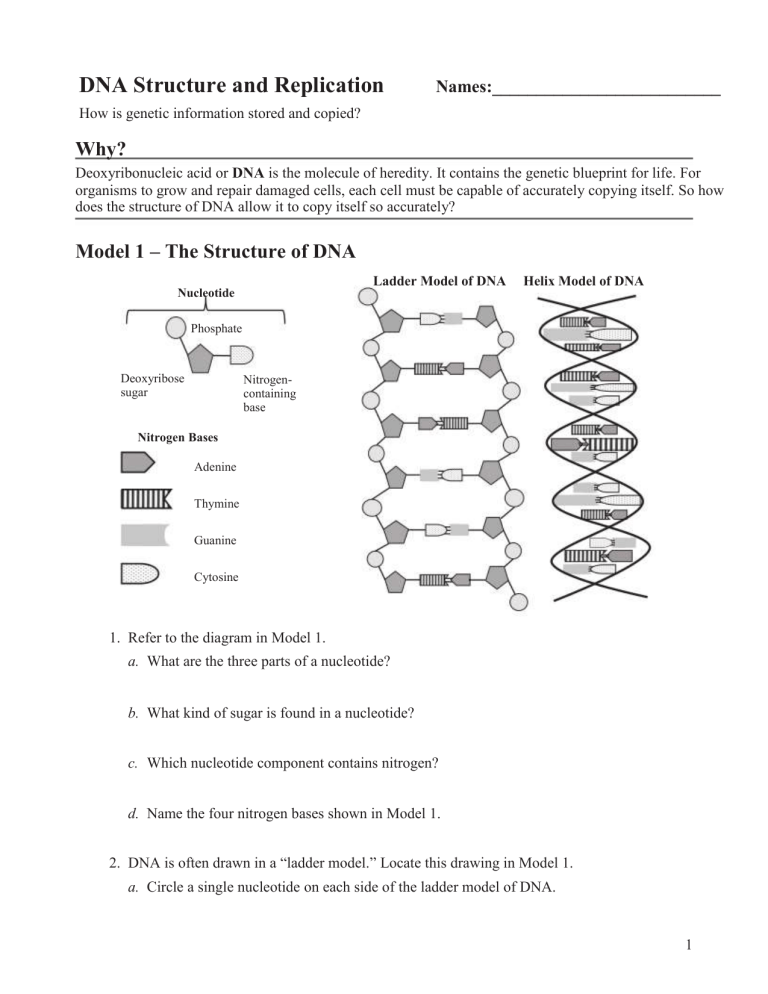
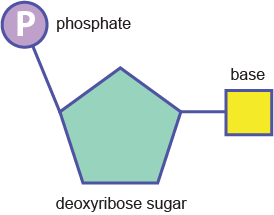
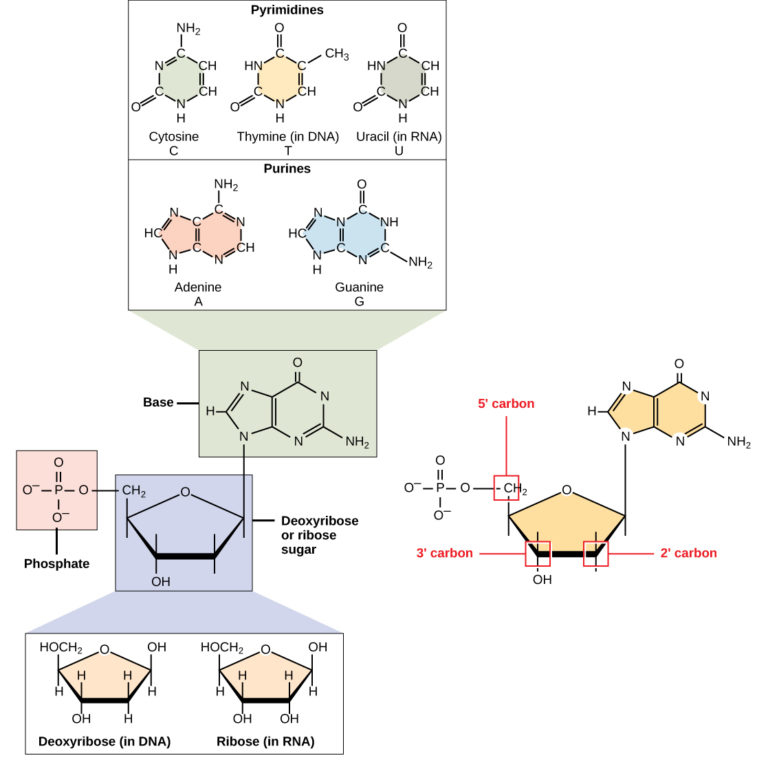
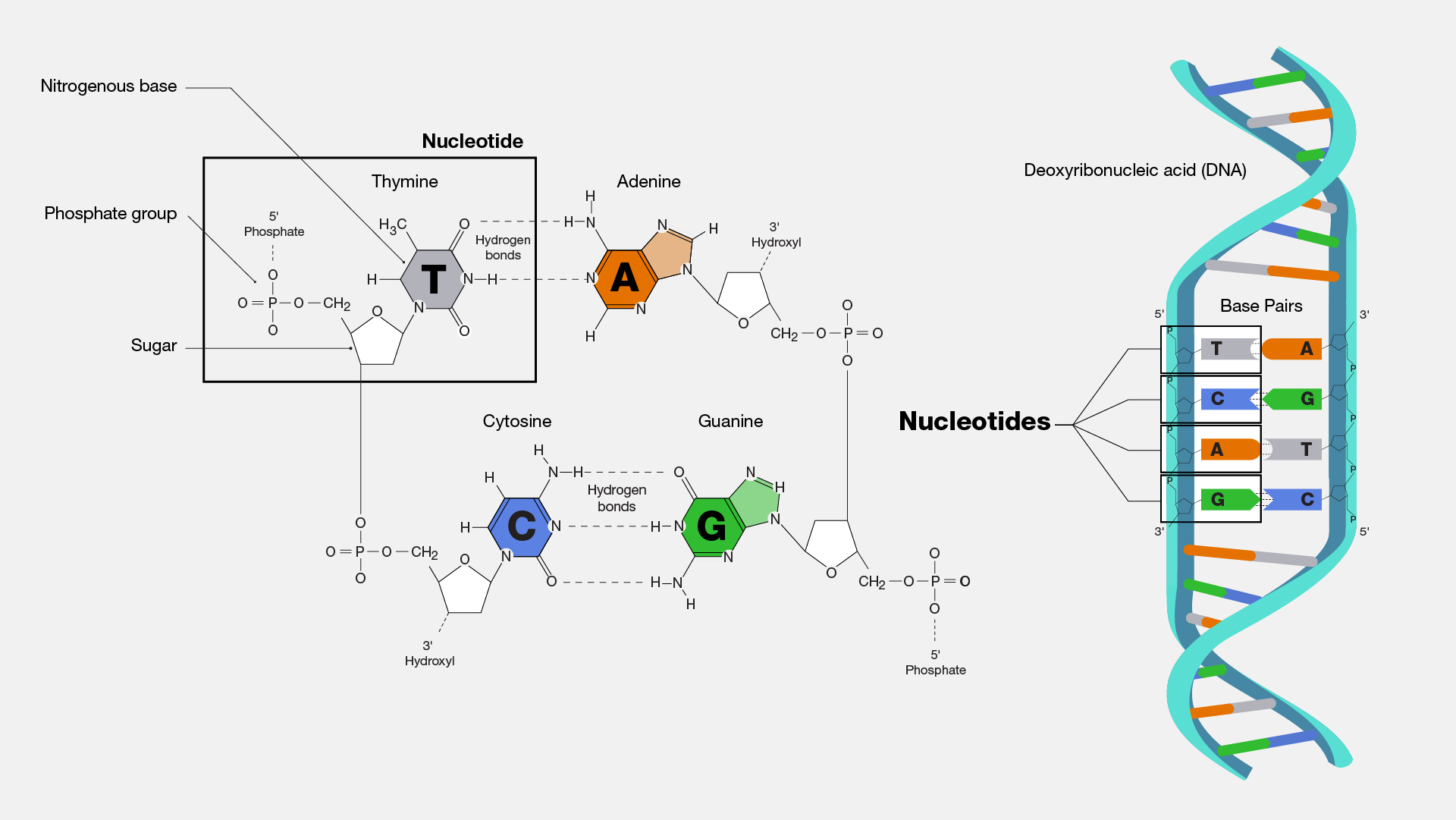

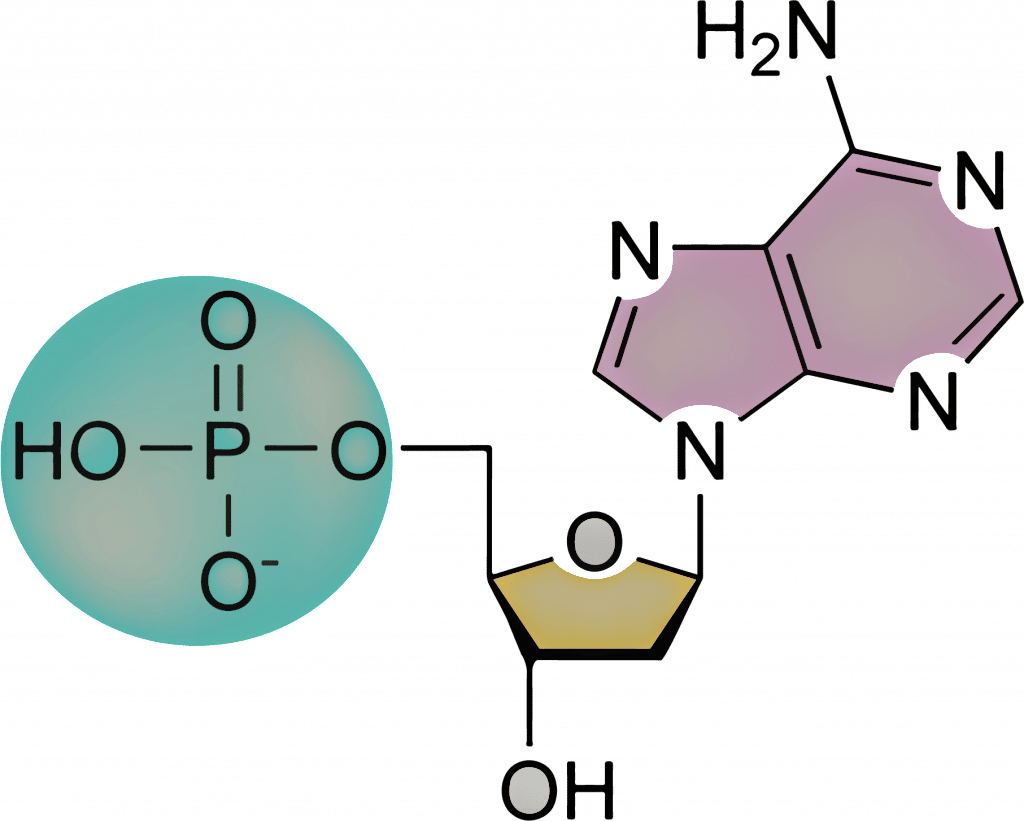

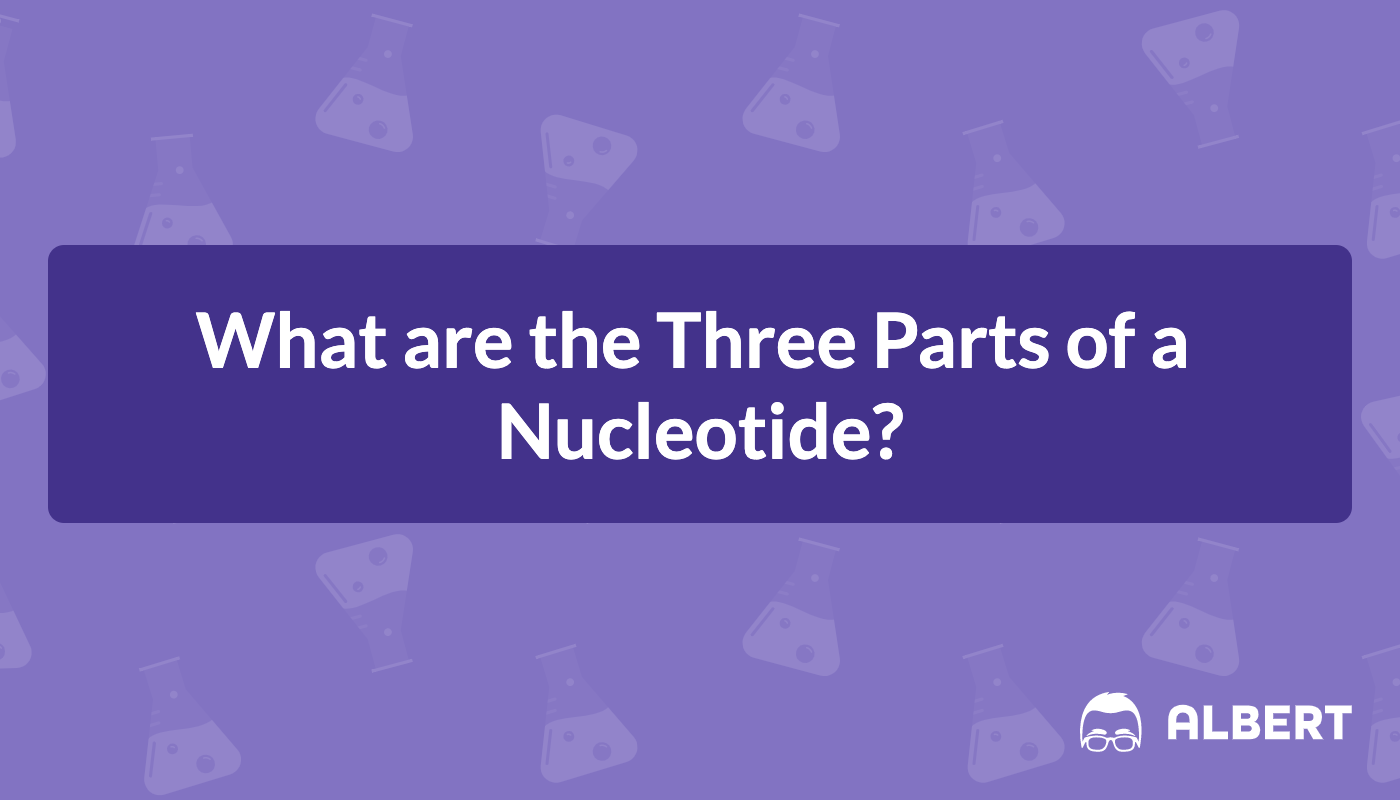










Post a Comment for "41 what are the three parts in a nucleotide?"